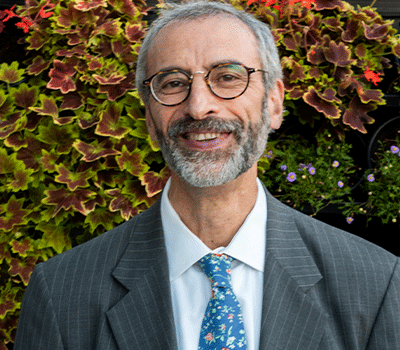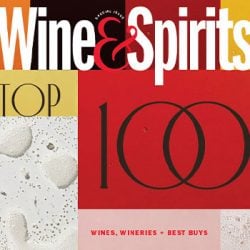
Electricity is life. In a literal sense, it is the power that keeps our hearts beating. In a metaphorical sense, it is the lightning that brought Mary Shelley’s monster to life in the hands of Dr. Frankenstein. In the future, pulling the plug may be our only protection against AI gone rogue.
As for today, an electric buzz of acidity sets blaufränkisch apart from other Central European red wines, a buzz that sustains the connection between blaufränkisch’s roots in limestone or schist to the fruit acidity in the grape, an acidity this particular vine is adept at sustaining as its fruit ripens.
I recently spent a week saturated in everything blaufränkisch, first at a summit in western Austria’s Alps, where the town of Lech holds a wine event just before the high ski season begins. This year’s event was hosted by Andreas Wickhoff, MW, who had assembled some of the top producers from Burgenland and Carnuntum along with journalists from around the world to discuss the future of Austria’s noble red. Then I headed to the country’s eastern border to visit the growers at their vineyards. I’ve spent the last two months trying to understand what I saw—a terroir with no parallels in any wine region I had visited before. And what I tasted—wines that interpret that ground in a matrix of textural and flavor nuance.
Dirk Niepoort, who had worked with blaufränkisch in a partnership with Dorli Muhr, at her estate in the Spitzerberg, happened to arrive in New York and call me just as this issue was going to press. Since he had hosted a number of the most talented young blaufränkisch growers for stages in the Douro, I had been meaning to ask him whether he saw any connection between the schist-grown vines in his own river canyon and those of eastern Austria.
Niepoort said he would answer a different question. He told me he believes “blaufränkisch is the second-greatest variety in the world, after pinot noir. Grown in chalky soils, it’s as good as it gets.” And, in a parallel to his approach to Charme, his top wine in the Douro, he told me, “You have to do it in the Burgundy way, but not to be Burgundy.”
That understanding of process rather than style informs some of the best blaufränkisch growers in Burgenland and Carnuntum—a focus on the life of their vines, rather than on their winemaking intentions. It was the same exploration of process that brought Mark Tarlov to Oregon 18 years ago, with the goal of growing a wine that would give him the same kind of physical and emotional reaction he found in great Burgundy—not a wine to taste like a grand cru Burgundy, but to perform at that level in its own context with its own energy and spirit.
Samantha Cole-Johnson had never met Tarlov, but it seemed that everyone whose wines she enjoyed had some connection to him—whether a positive or negative charge. It was one such negative charge, the efforts of a brand owner to expunge the record that Tarlov had, in fact, founded the brand, that set her on a path to learn more. Through Elaine Chukan Brown, she learned of my friendship with Tarlov, and so she pitched me a story that soon became an oral history.
Cole-Johnson spoke with many of the most talented growers in the Willamette Valley about their connections to the genius that was Mark Tarlov, the disruption he brought to the region’s status quo and his efforts to understand how Oregon pinot noir could touch a wine drinker the way Burgundy had touched him, bringing the same sense of delicacy and awe. In celebration of Mark’s life on earth, I am honored to present Samantha Cole-Johnson’s oral history of his life in wine.
In the same spirit, we retooled our Annual Restaurant Poll for this issue, asking sommeliers which unexpected wines have touched their guests—or their staff—in that way, igniting the excitement of discovery. The responses we received from a new set of questions provide plenty of food for thought—just as a great bottle of wine can jolt your soul to life, nourishment for the brain as well as the spirit.
Joshua Greene is the editor and publisher of Wine & Spirits magazine.
This story appears in the print issue of Spring 2023.
Like what you read? Subscribe today.

















